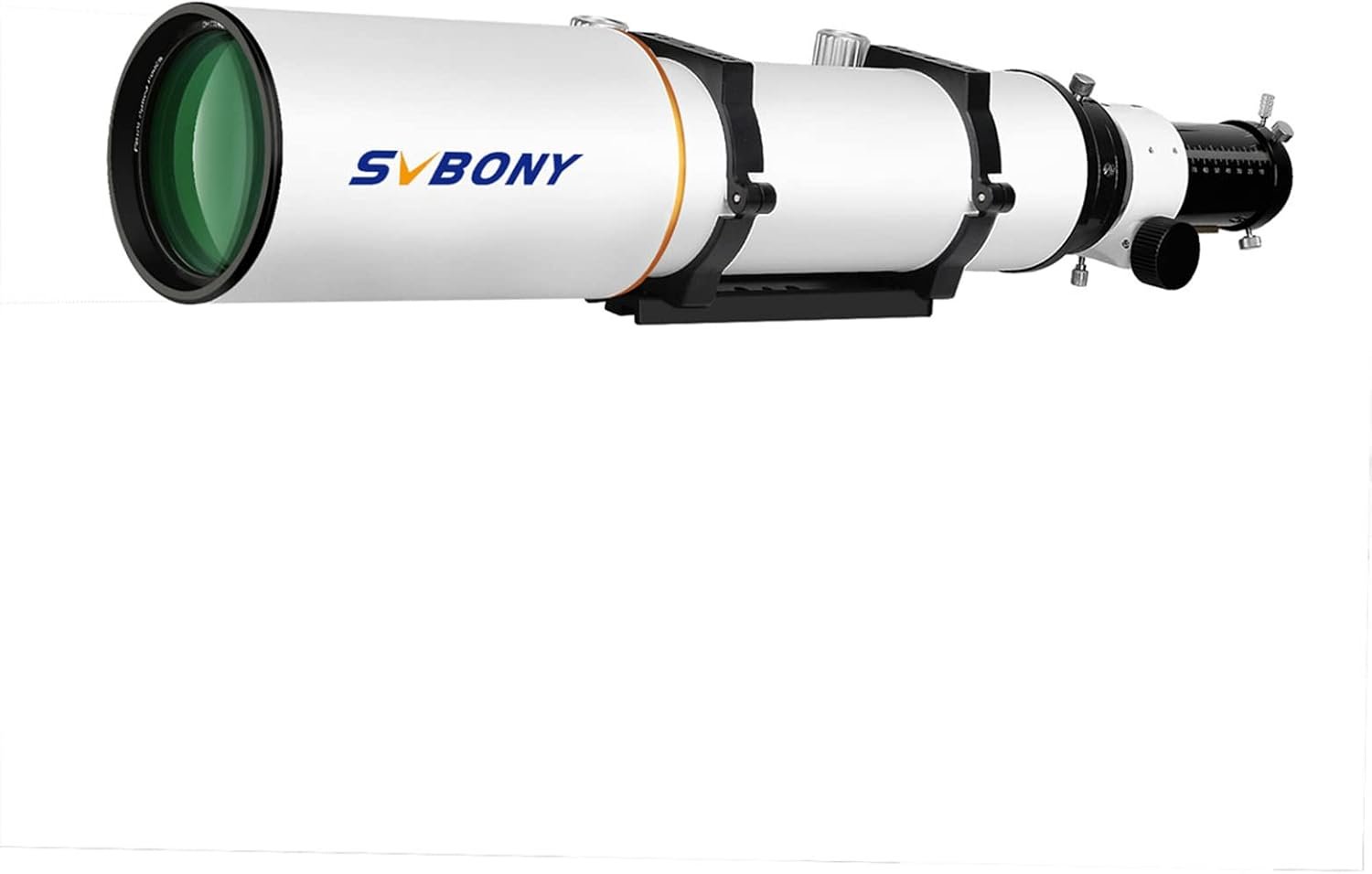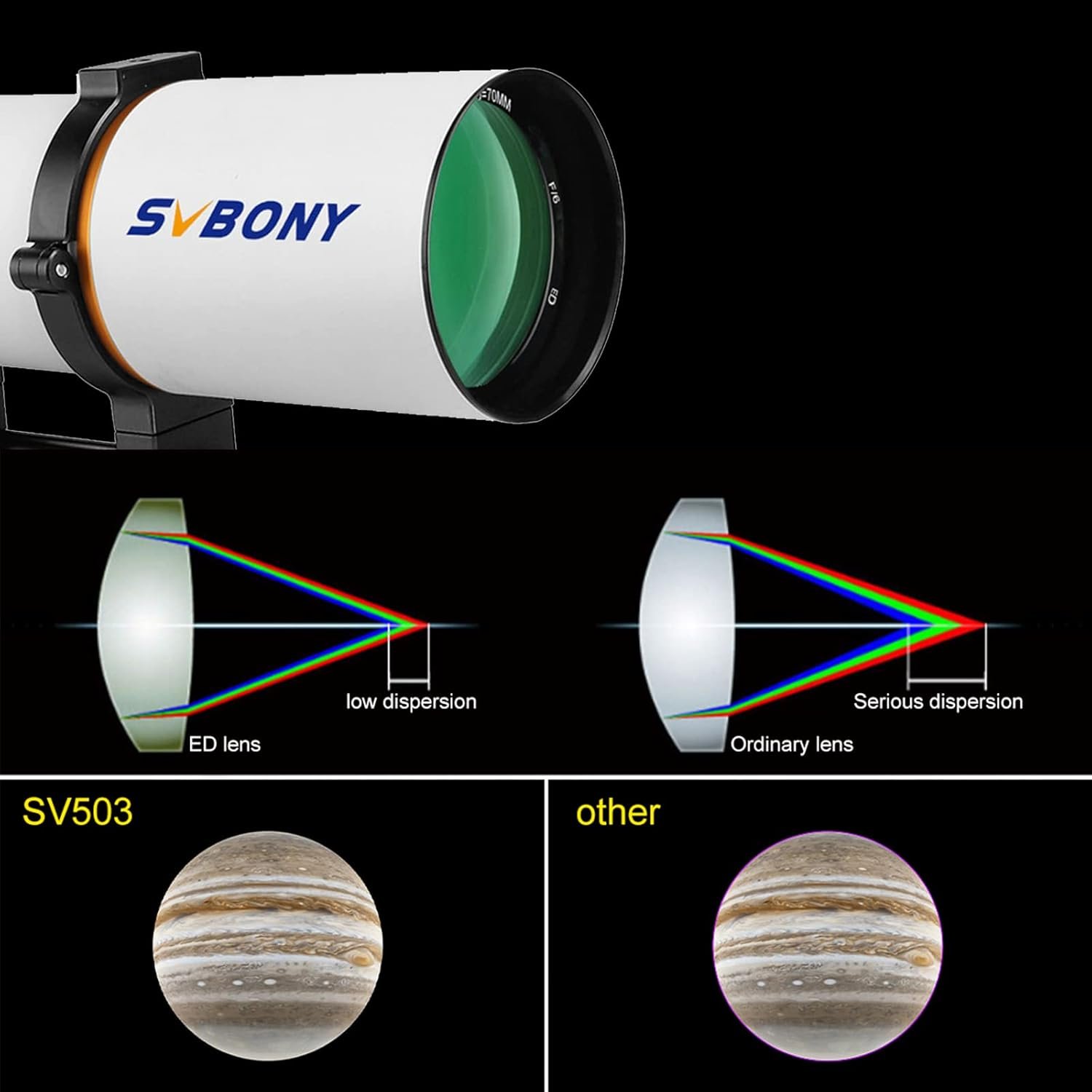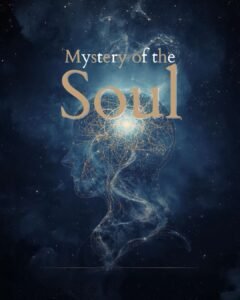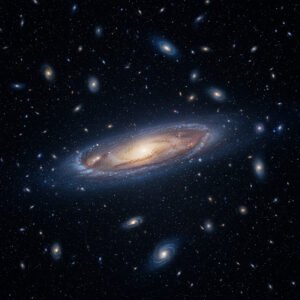The cosmic microwave background radiation (CMB) is a faint glow of electromagnetic radiation that permeates the entire universe. It is the oldest light in the universe, dating back to about 380,000 years after the Big Bang. The CMB is made up of photons that have been traveling through space since that time, and it provides valuable information about the early universe. Studying the CMB is crucial for cosmology because it allows scientists to understand the origins and evolution of the universe.
Key Takeaways
- Cosmic microwave background radiation is the oldest light in the universe, dating back to just 380,000 years after the Big Bang.
- The discovery of cosmic microwave background radiation in 1964 by Penzias and Wilson provided strong evidence for the Big Bang theory.
- The cosmic microwave background radiation provides information about the early universe, including its temperature, density, and composition.
- The inflationary model of the universe is supported by the uniformity and isotropy of the cosmic microwave background radiation.
- The cosmic microwave background radiation helps determine the age of the universe, the composition of matter and energy, and the formation of large-scale structures.
The discovery of the cosmic microwave background radiation
The discovery of the CMB is one of the most important milestones in cosmology. In 1964, Arno Penzias and Robert Wilson accidentally stumbled upon the CMB while conducting experiments at Bell Labs in New Jersey. They were using a large horn-shaped antenna to detect radio waves, but they kept picking up a persistent noise that they couldn’t explain. After ruling out all possible sources of interference, they realized that they had discovered something extraordinary – the CMB.
However, the theoretical prediction of the CMB had already been made by physicists George Gamow, Ralph Alpher, and Robert Herman in 1948. They proposed that if the universe began with a hot, dense state (as suggested by the Big Bang theory), then it should have cooled down over time and left behind a faint glow of radiation. Their prediction was largely ignored at the time, but Penzias and Wilson’s accidental discovery provided strong evidence for their theory.
What does the cosmic microwave background radiation tell us about the early universe?
The CMB provides valuable information about the temperature and density of the early universe. By studying its properties, scientists can learn about the conditions that existed shortly after the Big Bang. The CMB has a nearly uniform temperature of about 2.7 Kelvin (-270 degrees Celsius), which indicates that the early universe was incredibly hot and dense. The slight variations in temperature across the CMB map reveal the seeds of structure that eventually led to the formation of galaxies and other cosmic structures.
Furthermore, the CMB provides strong evidence for the Big Bang theory. The theory states that the universe began as a singularity – a point of infinite density and temperature – and has been expanding ever since. The CMB is a remnant of this early hot and dense state, and its existence supports the idea that the universe had a definite beginning. The discovery of the CMB was a major breakthrough in cosmology, as it provided empirical evidence for the Big Bang theory.
The role of the cosmic microwave background radiation in the Big Bang theory
The Big Bang theory is the prevailing cosmological model that explains the origins and evolution of the universe. According to this theory, the universe began as a singularity and has been expanding ever since. The CMB plays a crucial role in supporting this theory. It is a direct consequence of the early hot and dense state of the universe, which is predicted by the Big Bang model.
The CMB is often referred to as the “afterglow” of the Big Bang because it is the oldest light in the universe. It provides a snapshot of what the early universe looked like when it was only 380,000 years old. By studying the properties of the CMB, scientists can learn about the conditions that existed shortly after the Big Bang and gain insights into how our universe evolved over billions of years.
How does the cosmic microwave background radiation support the inflationary model of the universe?
The inflationary model is an extension of the Big Bang theory that proposes that the universe underwent a rapid expansion phase in its early moments. This rapid expansion, known as cosmic inflation, explains why the universe appears to be so homogeneous and isotropic on large scales. The CMB provides strong evidence for the inflationary model.
According to the inflationary model, quantum fluctuations during the inflationary period left their imprint on the CMB. These fluctuations are responsible for the slight temperature variations observed in the CMB map. The CMB measurements have confirmed the predictions of the inflationary model, providing further support for this theory.
The cosmic microwave background radiation and the age of the universe

The CMB plays a crucial role in determining the age of the universe. By studying the properties of the CMB, scientists can estimate how long it took for the universe to evolve from its early hot and dense state to its current state. This information allows them to calculate the age of the universe.
Currently, the most accurate estimate of the age of the universe is about 13.8 billion years. This value is based on measurements of the CMB, as well as other cosmological observations. The CMB provides a valuable tool for cosmologists to understand the timeline of cosmic events and determine the age of our universe.
The cosmic microwave background radiation and the composition of the universe
The composition of the universe is another important aspect that can be studied using the CMB. The CMB provides information about the density of matter and energy in the early universe, which allows scientists to determine the overall composition of the universe.
Based on observations of the CMB, scientists have determined that ordinary matter (atoms), dark matter, and dark energy make up the composition of our universe. Ordinary matter accounts for only about 5% of the total energy density, while dark matter makes up about 27% and dark energy accounts for about 68%. These measurements have been crucial in understanding the nature of our universe and its composition.
The cosmic microwave background radiation and the formation of large-scale structures in the universe
Large-scale structures in the universe, such as galaxies, clusters of galaxies, and superclusters, are thought to have formed from the tiny fluctuations in the density of matter and energy present in the early universe. The CMB provides valuable insights into the formation of these structures.
The slight temperature variations observed in the CMB map correspond to the density fluctuations in the early universe. These fluctuations acted as seeds for the formation of cosmic structures. By studying the properties of the CMB, scientists can understand how these fluctuations evolved over time and led to the formation of galaxies and other large-scale structures.
The cosmic microwave background radiation and the search for dark matter
Dark matter is a mysterious form of matter that does not interact with light or other forms of electromagnetic radiation. It is thought to make up a significant portion of the total mass in the universe, but its exact nature remains unknown. The CMB plays a crucial role in the search for dark matter.
The presence of dark matter affects the evolution of density fluctuations in the early universe, which in turn affects the properties of the CMB. By studying the CMB, scientists can infer the presence and properties of dark matter. The CMB measurements have provided valuable constraints on the nature of dark matter and have guided ongoing research in this field.
The ongoing importance of studying the cosmic microwave background radiation for cosmology.
In conclusion, the study of the cosmic microwave background radiation is of utmost importance for cosmology. It provides valuable insights into the early universe, supports the Big Bang theory, and helps determine the age and composition of our universe. The CMB also plays a crucial role in understanding the formation of large-scale structures and in the search for dark matter. As technology advances and new observations are made, further research on the CMB will undoubtedly lead to new discoveries and a deeper understanding of our universe.
If you’re interested in delving deeper into the significance of the cosmic microwave background radiation for cosmology, you might find this article from The Universe Episodes particularly enlightening. It explores the various ways in which this ancient radiation has revolutionized our understanding of the universe and its origins. From providing evidence for the Big Bang theory to shedding light on the formation of galaxies and large-scale structures, the cosmic microwave background radiation has become an invaluable tool for cosmologists. To learn more, check out the article here.
FAQs
What is cosmic microwave background radiation?
Cosmic microwave background radiation is the residual heat left over from the Big Bang, which is the event that is believed to have created the universe.
Why is cosmic microwave background radiation important for cosmology?
Cosmic microwave background radiation is important for cosmology because it provides evidence for the Big Bang theory and helps scientists understand the early universe.
How does cosmic microwave background radiation provide evidence for the Big Bang theory?
Cosmic microwave background radiation provides evidence for the Big Bang theory because it is consistent with the predictions made by the theory. Specifically, the radiation is uniform in all directions and has a temperature of about 2.7 Kelvin, which is what the theory predicts.
What can scientists learn from studying cosmic microwave background radiation?
Scientists can learn a lot from studying cosmic microwave background radiation. For example, they can learn about the composition of the early universe, the rate at which it expanded, and the formation of galaxies and other structures.
How is cosmic microwave background radiation detected?
Cosmic microwave background radiation is detected using specialized telescopes that are designed to detect microwave radiation. These telescopes are typically located in space or in remote locations on Earth to minimize interference from other sources of radiation.
My Thoughts on the Cosmic Microwave Background Radiation Article
I believe this article provides a comprehensive overview of the cosmic microwave background radiation (CMB) and its significance in cosmology. It highlights key points about the CMB, its discovery, and its implications for our understanding of the early universe.
Benefits of Reading this Article
Reading this article will enhance your knowledge about the CMB, its role in supporting the Big Bang theory, and how it helps determine the age and composition of the universe. It also sheds light on the formation of large-scale structures and the ongoing search for dark matter.
Main Message of the Article
The main message of this article is that studying the cosmic microwave background radiation is crucial for cosmology. It provides valuable insights into the early universe, supports the Big Bang theory, helps determine the age and composition of the universe, and is instrumental in understanding the formation of large-scale structures. Further research on the CMB is expected to lead to new discoveries and deepen our understanding of the universe.
























